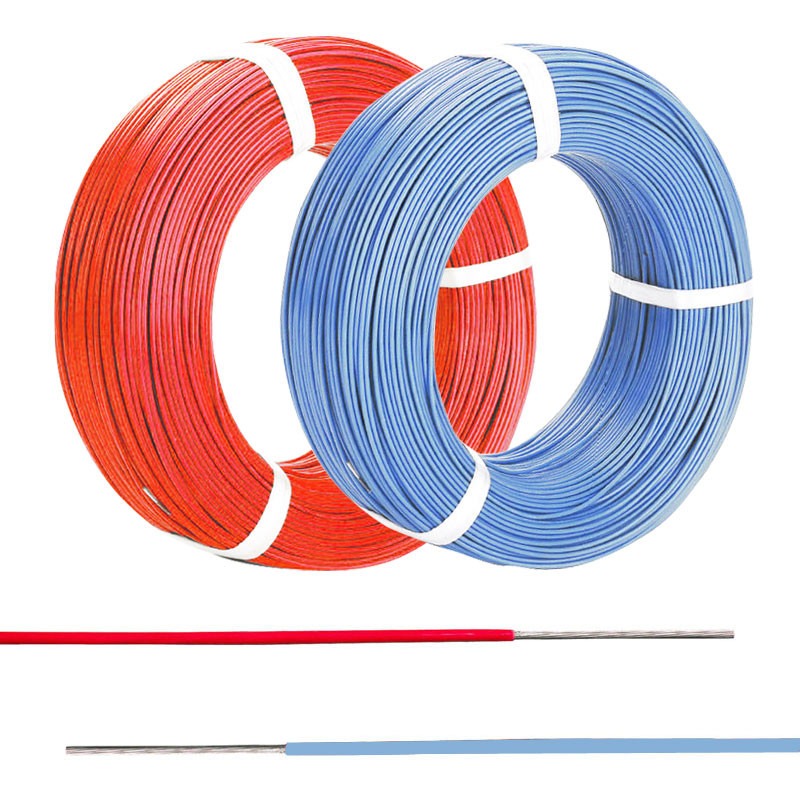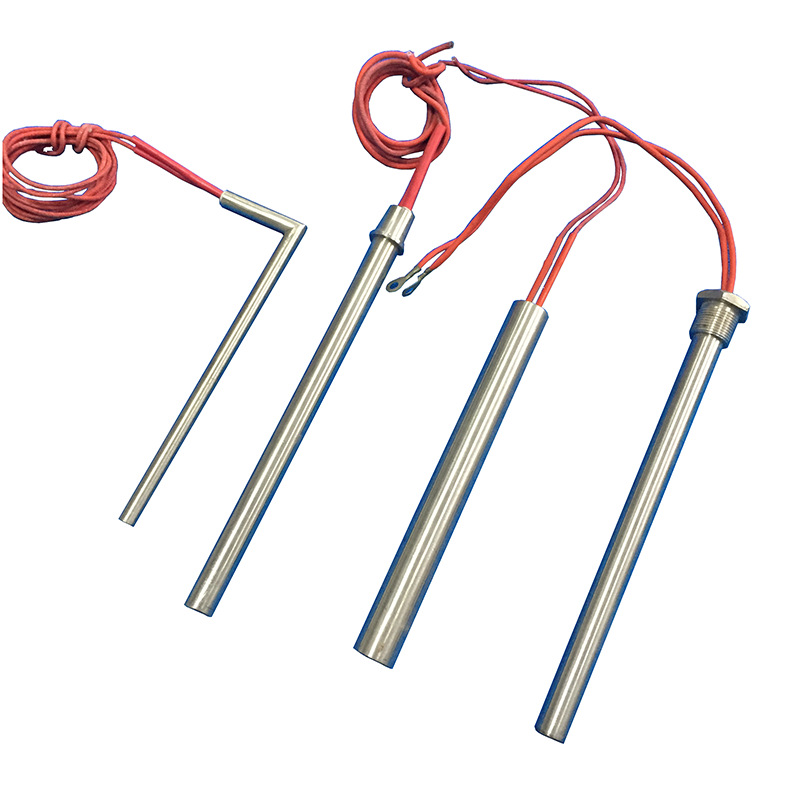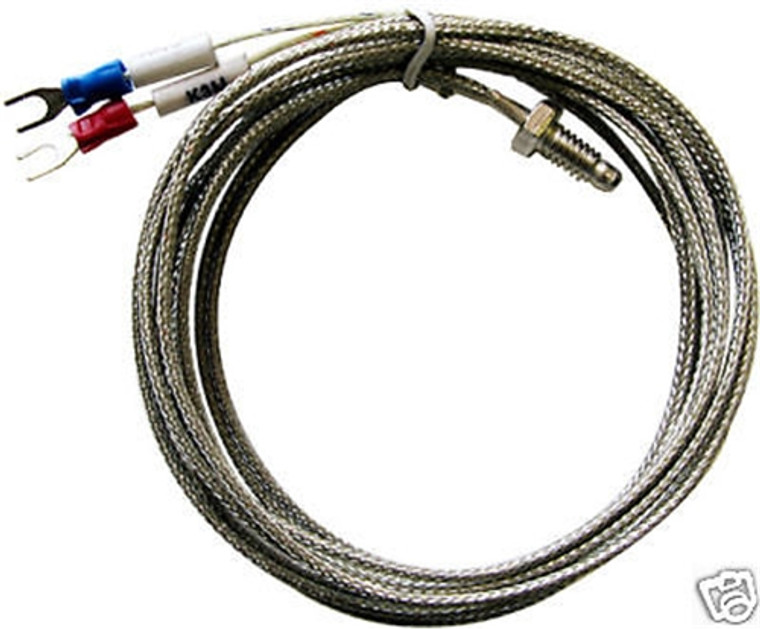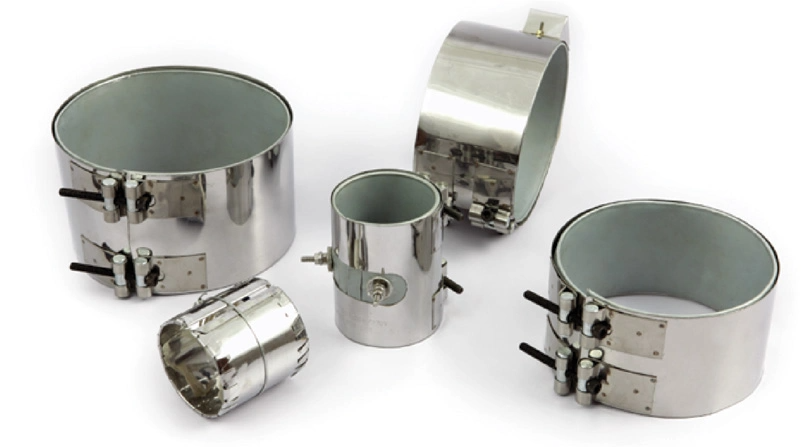Precision matters when managing heat in industrial processes. Incorrect heating not only wastes energy but also risks damaging equipment. That’s where the flange tubular heater proves its worth. It’s engineered for reliability in high-demand environments such as tanks, reservoirs, and pressure vessels. But knowing how to use it properly is what ensures both safety and efficiency.
A flange heater consists of tubular heating elements welded or brazed into a flange, then mounted into a pipe or tank. It’s built to heat liquids or gases directly. That makes it ideal for water, oil, solvents, and corrosive solutions.
Here’s how to put it to work effectively.
Select the Right Heater for Your Application
Before anything else, match the heater with the right job. Flange heaters vary in voltage, watt density, flange size, and material construction. Choosing the wrong one leads to failure or worse, overheating or corrosion.
Key factors to assess:
- Medium to be heated: Water requires different materials than oil or corrosive chemicals.
- Tank or pipe volume: Impacts wattage requirements.
- Desired temperature range
- Heating time expectations
- Material compatibility: Stainless steel for corrosive fluids; Incoloy for high temperatures.
Check compatibility charts from ASME or your supplier’s datasheet to ensure proper selection.
Installation Must Be Precise
Improper installation shortens lifespan or causes accidents. Always follow the manufacturer’s technical drawings and wiring diagrams. But certain best practices apply universally.
Steps to install a flange tubular heater correctly:
- Verify power is off before starting any installation.
- Inspect the flange face for damage or warping.
- Use appropriate gaskets (e.g., spiral wound or graphite) based on fluid and temperature.
- Tighten bolts using a star pattern to ensure even pressure distribution.
- Apply torque per ASME standards to prevent leaks.
- Confirm grounding for safety and regulation compliance.
Avoid using Teflon tape or sealants on the flange face; this leads to leaks or joint failure.
Wire It According to Load and Power Specs
Wiring must match the heater’s voltage and amperage rating. Overloading the circuit can result in failure or a fire hazard.
Best practices for wiring:
- Use copper wires rated for the load current.
- Install a control panel with temperature sensors and safety cutoffs.
- Include a contactor and thermostat to regulate performance.
- Test connections with a multimeter before powering on.
For high-wattage units, a dedicated breaker is often required. Refer to the National Electric Code (NEC) or consult a licensed electrician.
Temperature Control Enhances Efficiency
Without proper control, overheating or underheating can lead to poor results or equipment damage. Flange heaters work best when paired with advanced controls.
Components that improve control:
- Thermocouples or RTDs for precise sensing
- Digital PID controllers for maintaining setpoints
- High-limit sensors to shut down the heater if temperatures exceed thresholds
Use proportional-integral-derivative (PID) logic for tight control over fluctuating loads. This not only protects the fluid and tank but also prolongs the heater’s life.
Perform Routine Maintenance
Even durable heaters need attention. Build-up of scale, sediment, or corrosion reduces heating efficiency and can cause early burnout.
Maintenance checklist:
- Inspect terminals for oxidation or loose wires every 3-6 months.
- Check for leaks or flange warping
- Flush tanks periodically to remove sediment.
- Test temperature sensors for accuracy.
- Clean elements with compatible solvents if scaling appears.
Keep a maintenance log. This helps track heater performance and predict when replacement or deep cleaning is needed.
Final Thoughts
The flange tubular heater is a workhorse in industrial settings. But its performance depends entirely on how it’s selected, installed, and maintained. By following proven steps and using the right controls, you ensure that your system runs safely, efficiently, and for years to come.














